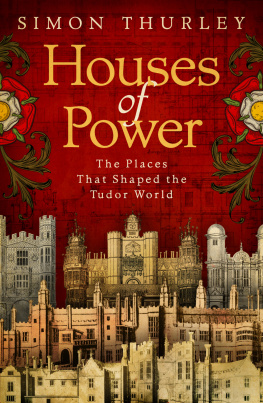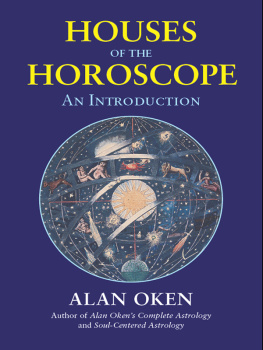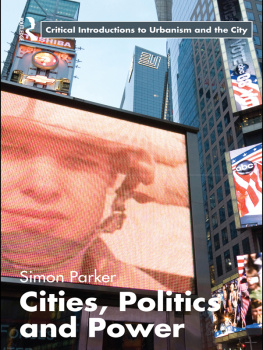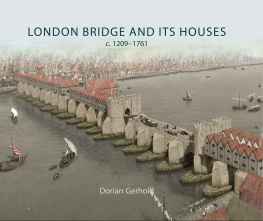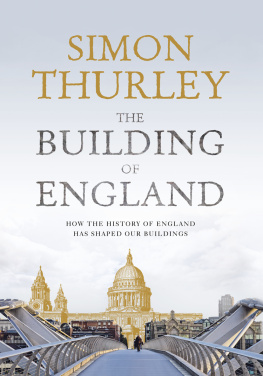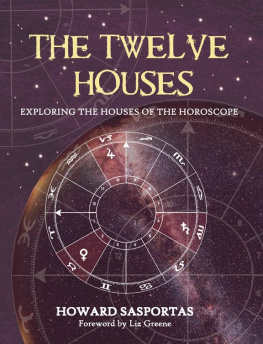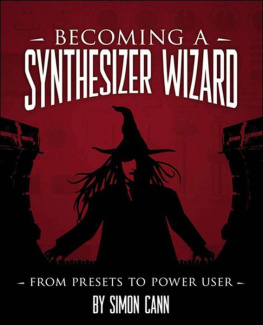Simon Thurley - Houses of Power
Here you can read online Simon Thurley - Houses of Power full text of the book (entire story) in english for free. Download pdf and epub, get meaning, cover and reviews about this ebook. year: 2017, publisher: Transworld, genre: Non-fiction. Description of the work, (preface) as well as reviews are available. Best literature library LitArk.com created for fans of good reading and offers a wide selection of genres:
Romance novel
Science fiction
Adventure
Detective
Science
History
Home and family
Prose
Art
Politics
Computer
Non-fiction
Religion
Business
Children
Humor
Choose a favorite category and find really read worthwhile books. Enjoy immersion in the world of imagination, feel the emotions of the characters or learn something new for yourself, make an fascinating discovery.
- Book:Houses of Power
- Author:
- Publisher:Transworld
- Genre:
- Year:2017
- Rating:4 / 5
- Favourites:Add to favourites
- Your mark:
- 80
- 1
- 2
- 3
- 4
- 5
Houses of Power: summary, description and annotation
We offer to read an annotation, description, summary or preface (depends on what the author of the book "Houses of Power" wrote himself). If you haven't found the necessary information about the book — write in the comments, we will try to find it.
Houses of Power — read online for free the complete book (whole text) full work
Below is the text of the book, divided by pages. System saving the place of the last page read, allows you to conveniently read the book "Houses of Power" online for free, without having to search again every time where you left off. Put a bookmark, and you can go to the page where you finished reading at any time.
Font size:
Interval:
Bookmark:
The Royal Palaces of Tudor England: Architecture and Court Life, 14601547
Hampton Court: A Social and Architectural History
Whitehall Palace: An Architectural History of the Royal Apartments 12401698
Somerset House: The Palace of Englands Queens 15511692
Men from the Ministry: How Britain Saved Its Heritage
The Building of England: How the History of England Has Shaped Our Buildings

TRANSWORLD PUBLISHERS
6163 Uxbridge Road, London W5 5SA
www.penguin.co.uk
Transworld is part of the Penguin Random House group of companies whose addresses can be found at global.penguinrandomhouse.com

First published in Great Britain in 2017 by Bantam Press
an imprint of Transworld Publishers
Copyright Simon Thurley 2017
Cover design by Sarah Whittaker/TW
Cover images: Tudor Rose Shutterstock
Greenwich Palace iStock
Holbein Gate and King Street Gate Hulton Archive/Getty
Henry the Eighths palace at Nonsuch Bettmann/Getty
Other images courtesy of Simon Thurley
Simon Thurley has asserted his right under the Copyright, Designs and Patents Act 1988 to be identified as the author of this work.
Every effort has been made to obtain the necessary permissions with reference to copyright material, both illustrative and quoted. We apologize for any omissions in this respect and will be pleased to make the appropriate acknowledgements in any future edition.
A CIP catalogue record for this book is available from the British Library.
Version 1.0 Epub ISBN 9781473510807
ISBN 9780593074947
Maps and plans redrawn by Liane Payne.
This ebook is copyright material and must not be copied, reproduced, transferred, distributed, leased, licensed or publicly performed or used in any way except as specifically permitted in writing by the publishers, as allowed under the terms and conditions under which it was purchased or as strictly permitted by applicable copyright law. Any unauthorized distribution or use of this text may be a direct infringement of the authors and publishers rights and those responsible may be liable in law accordingly.
1 3 5 7 9 10 8 6 4 2
For my mother, who gave me my love of history
IN 1972, ON a family holiday in Brittany, I was taken to see the Chteau of Largot deep in the woods of Elven near Vannes. Although it is now an ivy-covered ruin, the colossal soaring tower that still stands shows that it was once a powerful place. I didnt know it at the time, but between 1474 and 1476 the five-storey Tour dElven was home to the Earl of Richmond, the future king Henry VII of England. Henry, confined in a stone chamber on the fifth floor, was the guest of Francis II, Duke of Brittany. The seventeen-year-old Henrys rather tenuous claims to the English throne through his mother and, less so, through his father, led to an attempt in 1483 to put him on the throne and, as a result, he became a magnet for disaffected Lancastrians and a target of intense hostility for the ruthless usurper King Richard III.
The Tour dElven shows just how unpromising Henry Richmonds situation was in 1476. Spartan, secure and impossibly remote from London, it epitomized his isolation and political irrelevance. Few at the time, including Henry himself, could have predicted that this penniless young aristocrat would successfully bring to an end the Wars of the Roses, the dynastic squabbles that had dominated fifteenth-century England. But by the time of his death in 1509, when he handed the throne on to his teenage son, this is exactly what he had achieved.
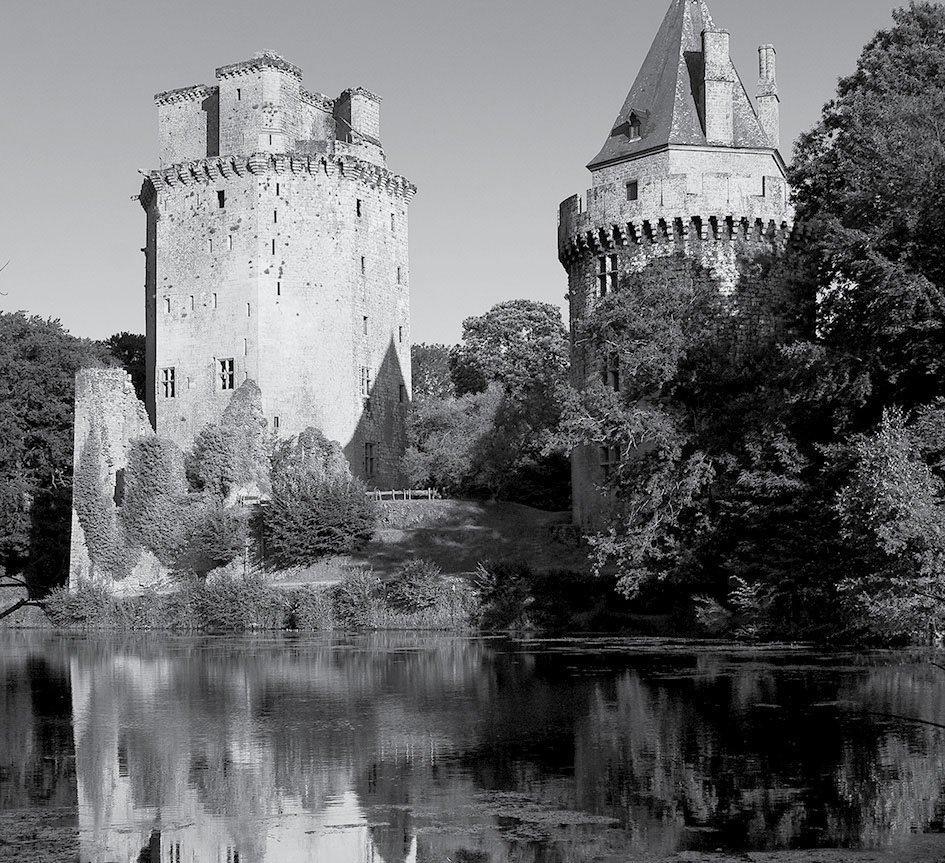
When Henry VII won the throne in 1485 the English monarchy was 500 years old. As king, he inherited both a well-developed system of government and an extensive network of residences. These ranged from mighty castles such as Pontefract, Kenilworth and Dover to elegant riverside retreats such as Sheen and Greenwich. Royal houses differed from those of the aristocracy because it was from them that the king ruled. They were much like 10 Downing Street today, in that executive power was exercised in a domestic context, the private and political completely and inextricably mixed.
What was different from today was the all-pervading importance of etiquette, and not in the trivial sense of forbidding elbows on the table. By the Tudor period royal etiquette was a complex and subtle series of written rules and regulations governing the way people at the heart of power did things. This protocol affected the way royal buildings were designed and the way they were lived in. As a result, royal residences were a special type of building uniquely providing the setting for ceremonial and power.
Over the centuries royal buildings have been appreciated and admired in different ways: most often as supreme examples of this architectural style or that; but more recently people have begun to be interested in what royal buildings can tell us about monarchs lives. In 1984 I became fascinated by this interaction between power, protocol and architecture, by the way that royal buildings contained evidence which, if it could be unravelled, would reveal a great deal about the way kings and queens lived and governed.
The problem was that most Tudor royal houses were gone. A bit of Tudor Hampton Court survived and some of St Jamess Palace; many royal castles still remained, ruined, but few of the parts where monarchs lived were still standing. So understanding royal houses first required a reconstruction of how they once were. In trying to do this there were two important tools: the first was archaeology, because many royal houses have been excavated over the years; the second was the financial accounts prepared for the building maintenance and furnishing as well as the occasional surviving plan or drawing. Using these tools I found that it was possible, in many instances, to draw accurate plans of what Tudor royal houses were once like.
Over the last thirty years I have had the chance to work on the archaeology of at least a dozen Tudor royal houses and have hunted down the documents that make sense of the jumble of brick walls and fragments of stone. For others, where everything has gone, or where digging has yet to happen, some good guesses can still be made based on the English obsession for bureaucracy. As a result, we now have a huge body of information on how Tudor royal houses looked and what went on inside them. But most of my work, and the work of others, has been published in obscure academic journals or in expensive monographs too heavy to hold in one hand; more importantly, nobody has put it all together and asked what does it mean, what does it tell us about our most famous reigning dynasty?
This book, for the first time, tells the story of the Tudors through what they built and where they lived. It is not just a catalogue of who built what, although it does do that; more importantly, it sets out to show that, as Tudor royal life changed so did the buildings that they inhabited. So, if you can work out the way that the buildings developed, you can, by deduction, tell the story of the Tudor monarchy from the inside.
My starting point is at the oldest royal house we still have standing, one founded by William the Conqueror, and a place I knew well for eight years as its curator: the Tower of London.
Font size:
Interval:
Bookmark:
Similar books «Houses of Power»
Look at similar books to Houses of Power. We have selected literature similar in name and meaning in the hope of providing readers with more options to find new, interesting, not yet read works.
Discussion, reviews of the book Houses of Power and just readers' own opinions. Leave your comments, write what you think about the work, its meaning or the main characters. Specify what exactly you liked and what you didn't like, and why you think so.

